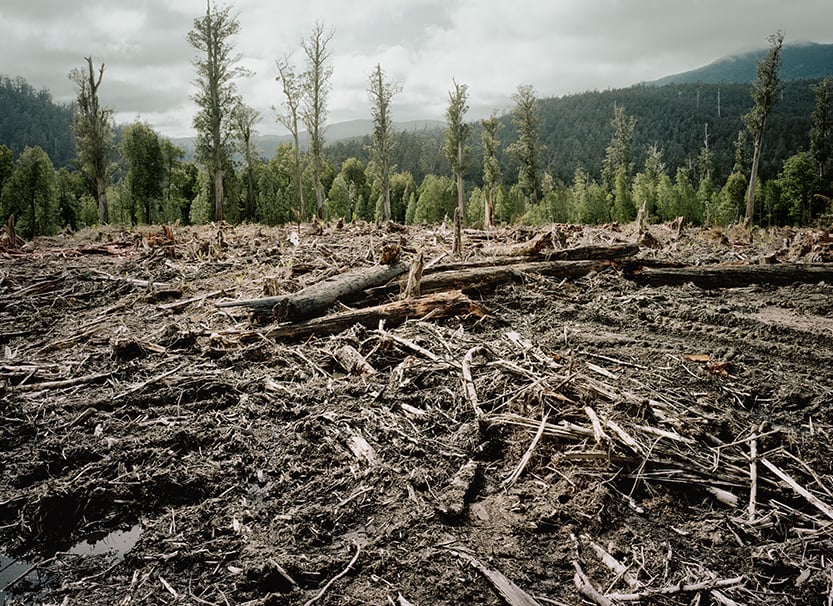Dec 62022

U.S. Endangered Listing for Northern Long-Eared Bat

On November 30, 2022, the U.S. Fish and Wildlife Service (Service) published a Final Rule reclassifying the northern long-eared bat as an endangered species pursuant to the Endangered Species Act (ESA) and updating the bat’s range to 43 states. The Service did respond favorably to commenters’ request for guidance on activities that would or would not affect the bat and for additional resources to assist regulated entities and regulators with consultation and permitting activities. These include the following:
- Rangewide northern long-eared bat determination key. The Service is developing a determination key to streamline the ESA Section 7 consultation process; it will address various project scenarios in which adverse effects to the species would be unlikely and will help more quickly determine whether a proposed action may cause incidental take of the bat.
- Programmatic Section 7 consultations.The Service announced it plans to look into developing programmatic Section 7 consultations and/or build on other federal agencies’ current programmatic consultations.
- List of actions that may require Section 7 consultation. The final rule includes a list of the types of actions that may require consultation, such as management and any other landscape-altering activities on federal lands administered by federal agencies, a Clean Water Act § 404 permit issued by the U.S. Army Corps of Engineers, and the construction and maintenance of roads or highways by the Federal Highway Administration.
- List of actions not likely to result in a violation of ESA Section 9. The final rule also includes a list of activities carried out in accordance with existing regulations and permit requirements that are not likely to result in an unlawful take under the ESA, such as, among others, activities conducted completely within existing, maintained utility rights-of-way provided there is no tree removal or trimming, activities that may disturb hibernation locations if restricted to the nonhibernation season and would not result in permanent changes to suitable hibernation areas, and activities (except wind turbine operation) in areas where the Service obtained and approved a negative presence/probable absence survey result.
The rule will be effective on January 29, 2023.
This post is as of the posting date stated above. Sidley Austin LLP assumes no duty to update this post or post about any subsequent developments having a bearing on this post.


